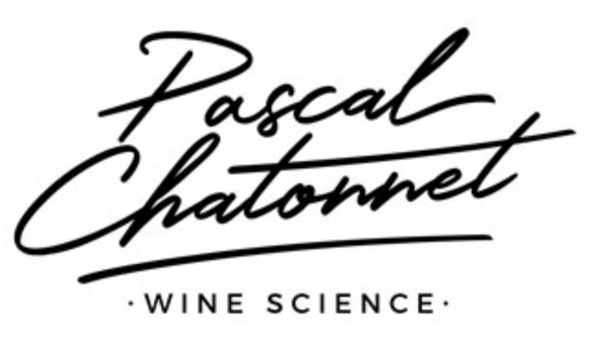Wood diseases are serious diseases because they affect production capital in the long term. In our region they are mainly of two types: Esca, which is not strictly a disease, Eutypiosis (Diatrypaceae), caused by the eutypine toxin secreted by the fungus Eutypa lata and Black Dead Arm (BDA) , caused by two toxins synthesized by the fungi Diplodia seriata and Neofusicoccum parvum, the main representatives of the Botryosphaeriaceae in France. These conditions literally exploded in the 1980s-2000s, causing, depending on the regions and grape varieties, destruction exceeding 20% of the vines, which prompted the early uprooting of many vineyards.
Since 2010, we have witnessed in our family vineyard of Lalande de Pomerol and Saint Emilion an extremely significant reduction (<0.5%) of vines affected by wood diseases per se (Etuypiose/BDA) and this without having carried out any special treatments, unless we have modified our overall plant and soil management system. Although I cannot yet prove it scientifically, it is in my opinion absolutely obvious that the reinstatement of biodiversity in the vineyard with agro-ecological management, in particular the non-use of herbicides and the use of fungicides not derived synthetic chemistry (sulphur and copper in this case), contribute considerably to naturally reducing the occurrence of this type of disease in the vineyard.
As far as Esca is concerned, the origin and therefore the solutions to this problem are of another order. Esca, contrary to what is commonly taught, is not a disease but a syndrome.
This difference explains why all theorists and practitioners seeking to fight against one or more infectious agents have systematically failed for more than forty years, dragging the entire profession behind them. By identifying one or more infectious agents as the culprit, they simply confuse cause and consequence, symptoms and origin of the disorder...A syndrome corresponds to a set of symptoms constituting an entity and characterizing a particular pathological state and this is exactly the case with 'Esca de la vigne.
Different wood-eating fungi and certain bacteria are responsible for the symptoms which all originate from a profound alteration of the conduction of sap in the wood of the vine, caused by a transformation of its conductive tissues under the influence of these parasites. But the latter can only affect the wood of the vine if mutilating pruning wounds allow their penetration inside the vine; in their absence the vine never shows this type of affection! In other words, Esca syndrome is a plumbing problem.
The conductive vessels of the vine become
functional, to the point of presenting apoplectic degeneration without any more warning symptoms, due to the effect of the development of opportunistic microorganisms which are not the primary origin of the problem. The main origin of Esca is mutilating pruning! The solution is therefore not in the application of plasters intended to fight against pathogenic fungi, but “quite simply” in carrying out a respectful pruning carried out at the appropriate times (see below).
It is long-term and difficult work, especially in the presence of old vineyards that have been tortured for many years (see below). Every year we try to improve our practices in this area, but certain disorders cannot be recovered... When I took over the entire family estate from 2008, the rate of missing people due to these various conditions sometimes reached up to almost 20%...
Since this date and the implementation of our various respectful practices, the annual replacement rate of dead feet (becomes systematic each year), also and especially taking into account those destroyed by mechanization (which has become the main cause of mortality) , fell on average below 2%!
Ultimately, our entire approach results in a drastic reduction in inputs
phytosanitary; the reality and effectiveness of this approach is attested by the annual analysis of pesticide residues in each of the wines produced.
Since 2014, all our products have been subject to extensive research for pesticide residues. In Agro-Synergie, wines are checked every year and must benefit from a certificate certifying the absence of pesticide residues above limits specific to wine set in an extremely strict standard where the absence of detection of pesticide residues herbicides, insecticides and fungicides classified CMR and PE is a strict obligation (PHYTOCHECK EXCELL)e. The presence of phosphorous acid is tolerated within the limit of 25 mg/l (official MRL = 100 mg/l).

